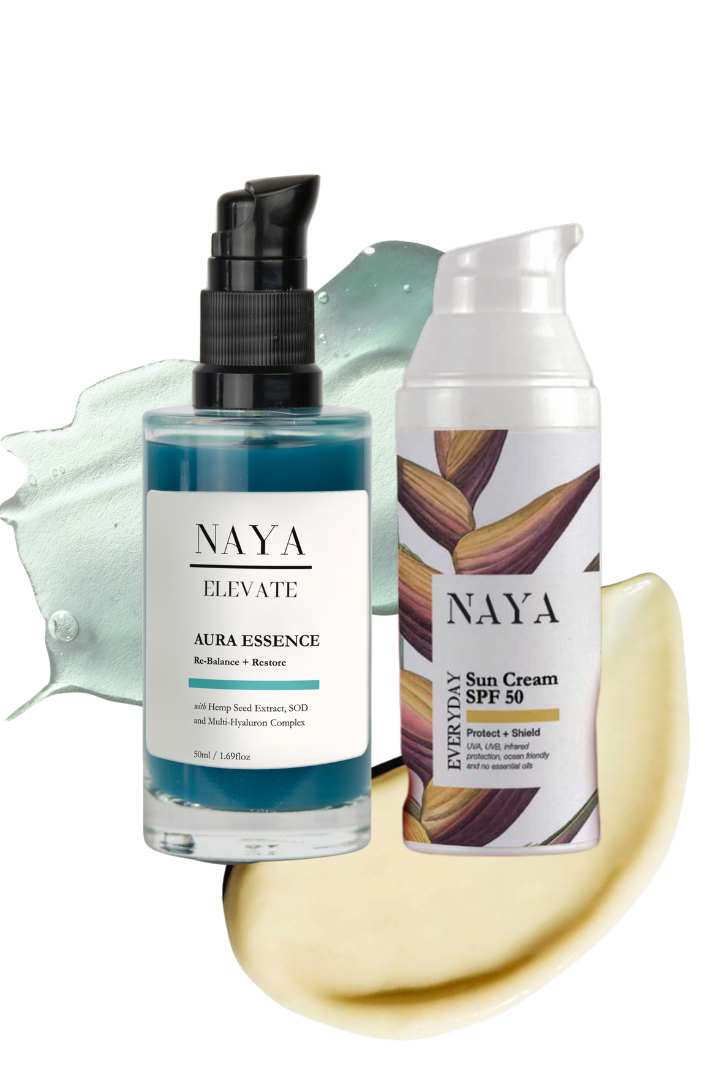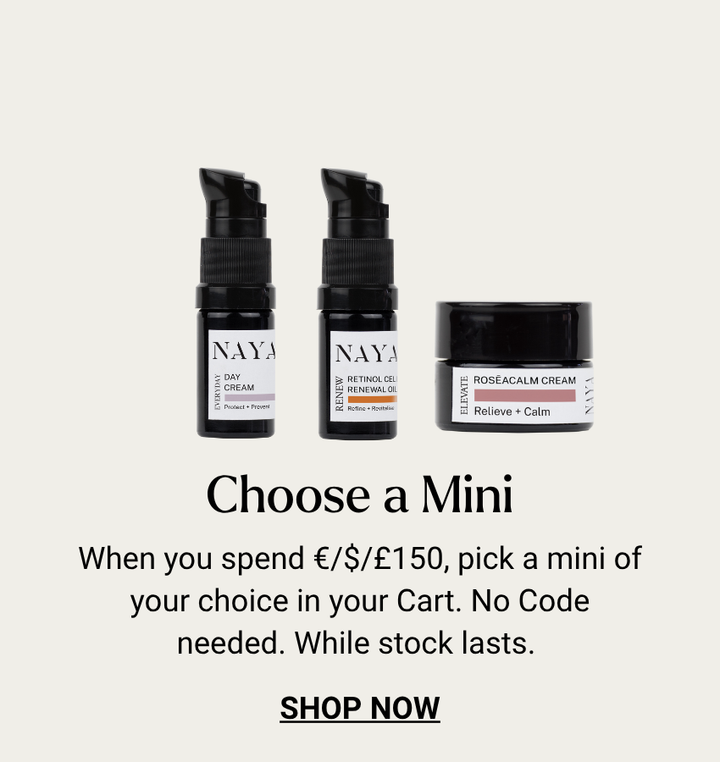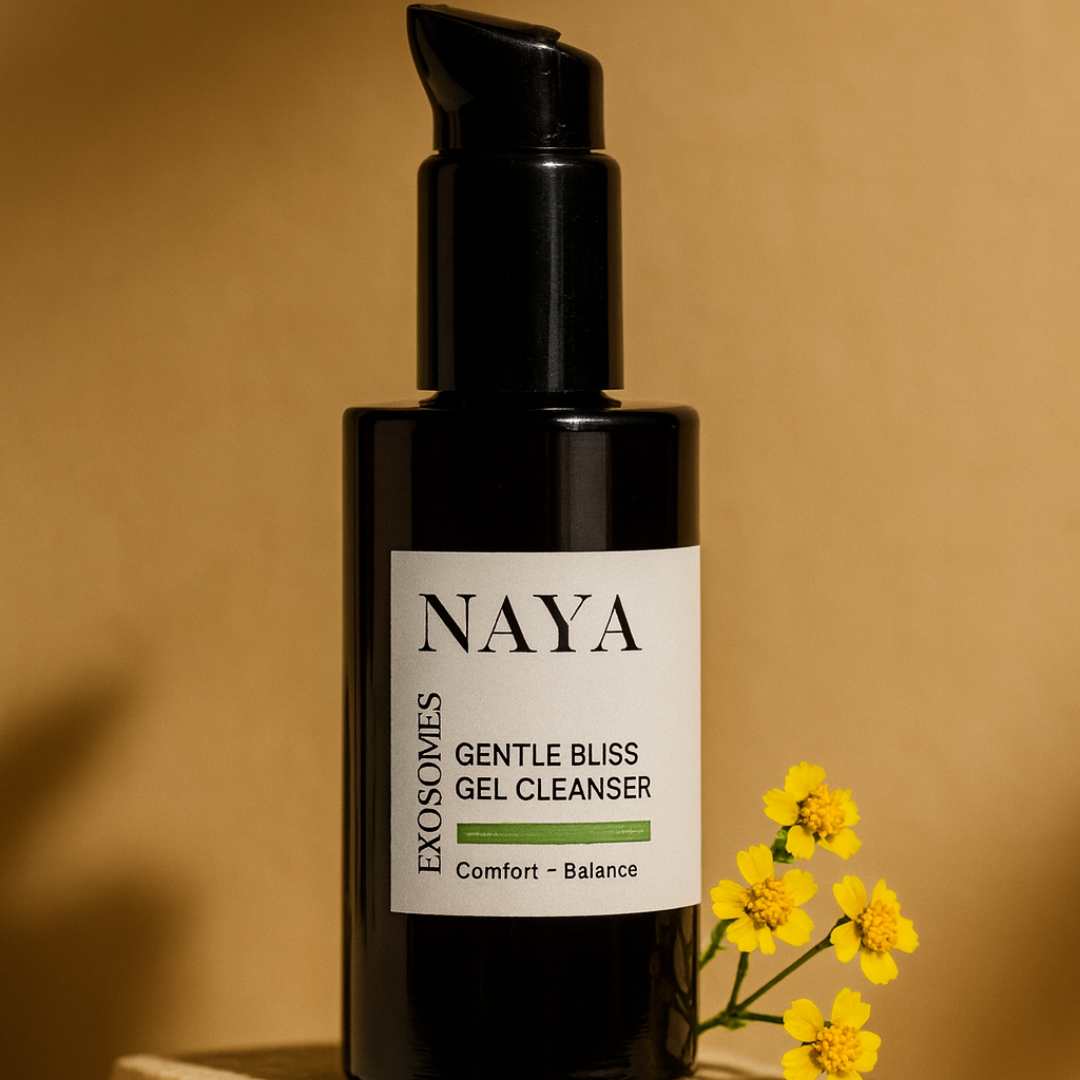Cosmeceutical Products: What Are They and Can They Be Natural?
What are Cosmeceuticals?
Cosmeceuticals, as the name suggests, are functional skincare products that use pharmaceutical grade ingredients to target specific skin conditions or give discernible, fast-acting results. They're designed to give you clear, firm, glowing skin through the use of potent formulations that are scientifically tested to produce very visible results.
What sets cosmeceutical products apart from the standard skincare ranges you can buy at department stores, pharmacies and health food stores, is that they use medical grade synthetic ingredients and combine them with highly active natural ingredients, like antioxidants, alpha-hydroxy acids (AHAs) and retinol.
AHAs
AHAs improve skin texture and reduce the signs of ageing by promoting cell shedding in the outer layers of the epidermis and by restoring hydration. AHAs, also known as fruit acids, found in cosmeceuticals include citric acid, glycolic acid, lactic acid, malic acid, pyruvic acid and tartaric acid.
Antioxidants
Antioxidants reduce free-radical damage and prevent degradation of the skin at a cellular level. They also reduce inflammation, which can deplete collagen, and protect the skin against photoaging. Common antioxidants used in cosmeceuticals include alpha-lipoic acid (ALA), L-ascorbic acid (vitamin C), niacinamide (vitamin B3), N-acetyl-glucosamine (NAG), tocopherol (vitamin E) and ubiquinone (CoQ10).
Retinoids
Retinoids are one of the most common ingredients found in cosmeceuticals. They consist of natural and synthetic derivative of vitamin A that reduce hyperpigmentation and slow down the visible signs of ageing by inhibiting the enzymes that break down collagen.
Key retinoids include:
- Retinoic acid – a synthetic form of vitamin A which can only be given by prescription. It definitely reduces the signs of ageing but can cause burning and scaling.
- Retinol – (vitamin A) is more gentle than retinoic acid. It is a natural form of vitamin A, found in egg yolks and fish liver oil and formed in the body by the hydrolysis of retinyl esters. It’s not actively found in the skin but when applied, it is converted into retinoic acid and works to fight free radicals, improve cell turnover and boost collagen levels. It can help diminish the signs of ageing, combat acne and reduce sun damage, but it’s not great for sensitive or dry skin. It can cause short-term irritation, redness and thinned skin which is more susceptible to UVA rays.
- Retinaldehyde (Retinal) – is created in the conversion of retinol to retinoic acid and it can help minimise the appearance of fine and deep wrinkles.
Common Cosmeceutical Ingredients that are cause for concern
Cosmeceuticals can undoubtedly have a dramatic impact on your skin. Unfortunately they usually come with a host of ingredients that could be potentially harmful to your health.
These include nanoparticles, depigmenting and skin-lightening agents like hydroquinone (banned as a depigmenting agent in Australia, Europe and Canada due to concerns it is carcinogenic) and numerous preservatives, foaming agents and synthetic fragrances.
Nanoparticles readily penetrate skin, and can enter the bloodstream and it has been suggested, could contribute to nerve damage and degenerative brain disorders.
Other toxic ingredients to watch out for in cosmeceuticals include carcinogens such as acrylamide, and carcinogenic contaminants such as ethylene oxide, dioxane, nitrosamines and acrylamide and formaldehyde. They may also include allergens, and toxic hormonal ingredients.
Can Cosmeceuticals be Natural?
YES! We were one of the first skincare companies to up the ante on skincare by combining our natural and organic ethos with the mindset of a cosmeceutical range.
This is why our products pack a powerful punch when it comes to skin concerns like ageing, pigmentation, lines, wrinkles, sagging, breakouts, uneven skin tone, rashes, rosacea and dull looking skin.
When you use our line of skin care essentials, you can really feel and see them working every day. We use botanical cosmeceuticals such as these to ensure our products give you real and visible results.
Peptides
These are amino acid chains that occur naturally in the body and serve as the building blocks for protein. They help reduce the signs of ageing by reducing the breakdown of collagen and restructuring the skin. The peptides we use include: antarcticine pseudoalteromonas ferment extract, a glycoprotein produced with cyro-protective properties; argireline, which inhibits the SNARE complex formation and catecholamine release and acts as a muscle relaxer that has the same effect as Botox.
CoEnzyme Q10 Ubiquinone
A common ingredient in cosmeceuticals because it plays an essential role in cellular function as an antioxidant and primary scavenger of free radicals. It works with vitamin E to protect against oxidative stress and helps the skin resist future ageing.
Amazonian & European Native extracts
Native plants have evolved to withstand extremely harsh conditions and contain extremely high concentrations of vitamin C and other potent antioxidants and anti-inflammatories. Read more here to learn about Amazonian & European Native Extracts
Green tea
It contains polyphenols that are very powerful antioxidants and anti-inflammatories. They inhibit collagenase, the enzyme that causes degradation of collagen. It also contains methylxanthines (alkaloids) that assist with reducing redness, irritation, and inflammation. Green tea is 20 times stronger than the beneficial plant chemicals that are found in vitamin E. It protects the skin cells from damage by free radicals and UVB damage.
These are just a few of the natural cosmeceutical ingredients we use. Discover a full list of all our ingredients and a thorough explanation of what they do and why we use them. And if you found an ingredient in a non-NAYA product that you are not sure about, discover our ingredient checker and get in touch with us.
Still have questions? We offer a complimentary consultation for NEW NAYA Customers with founder and skin expert Sarah to help you discover which products and ingredients are right for you.













Leave a comment